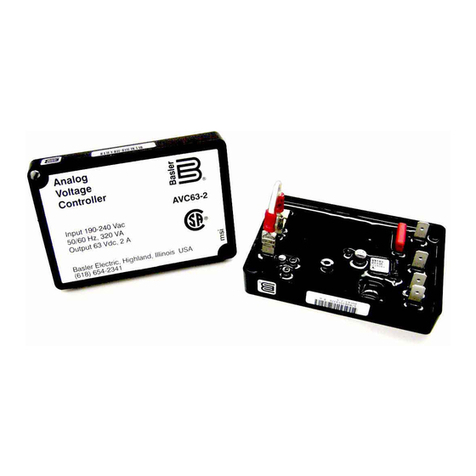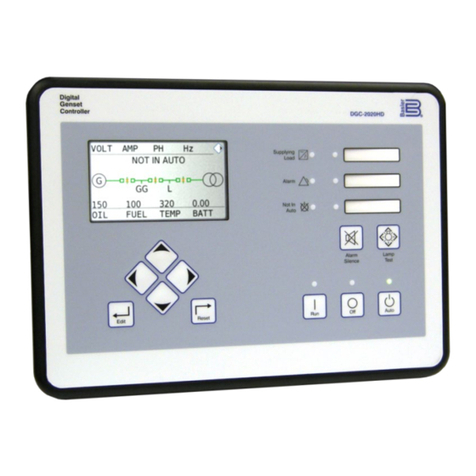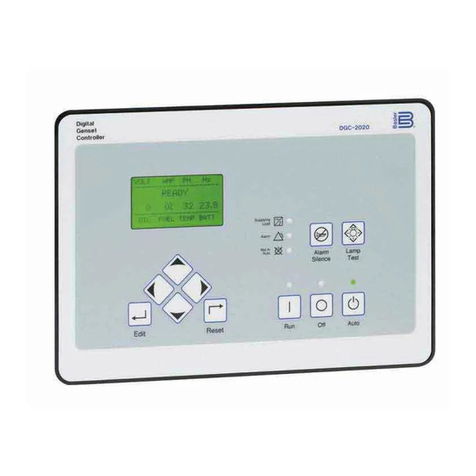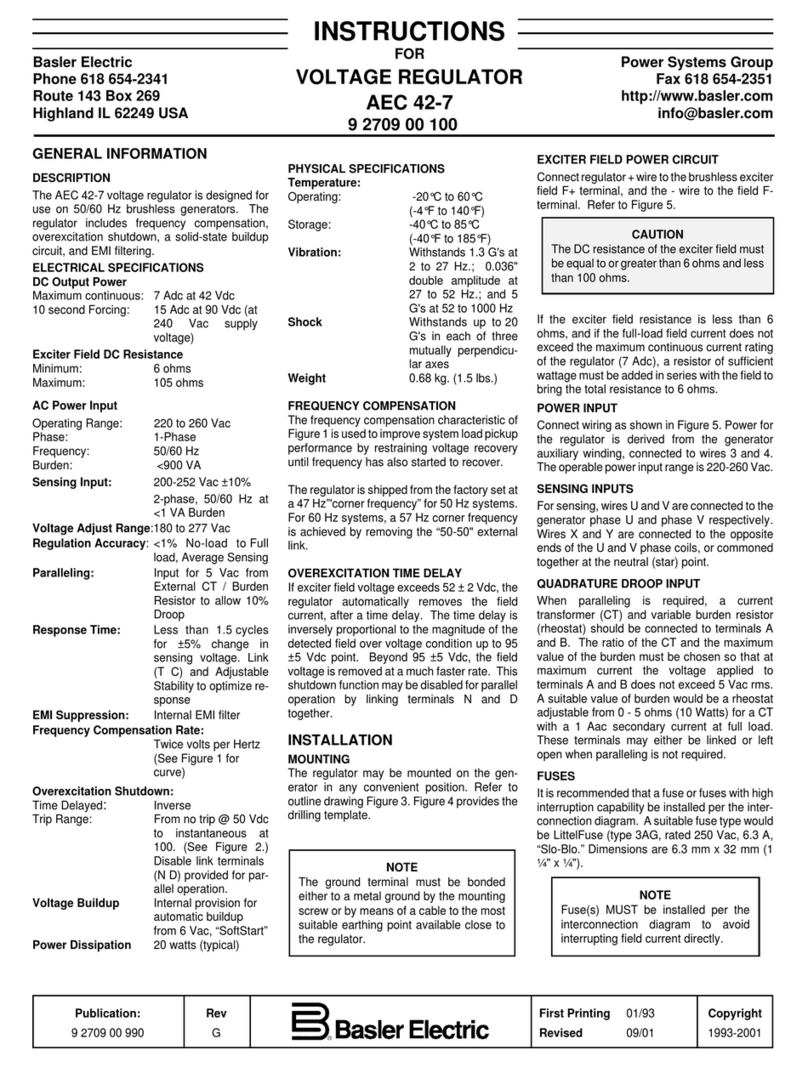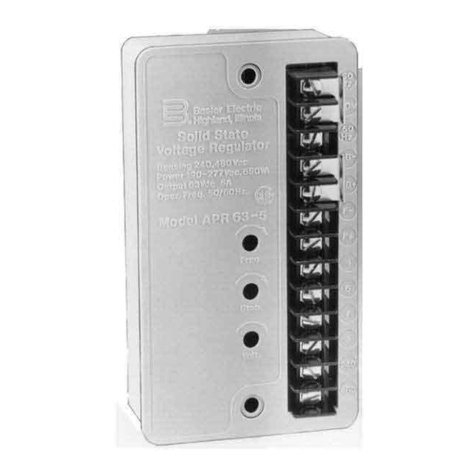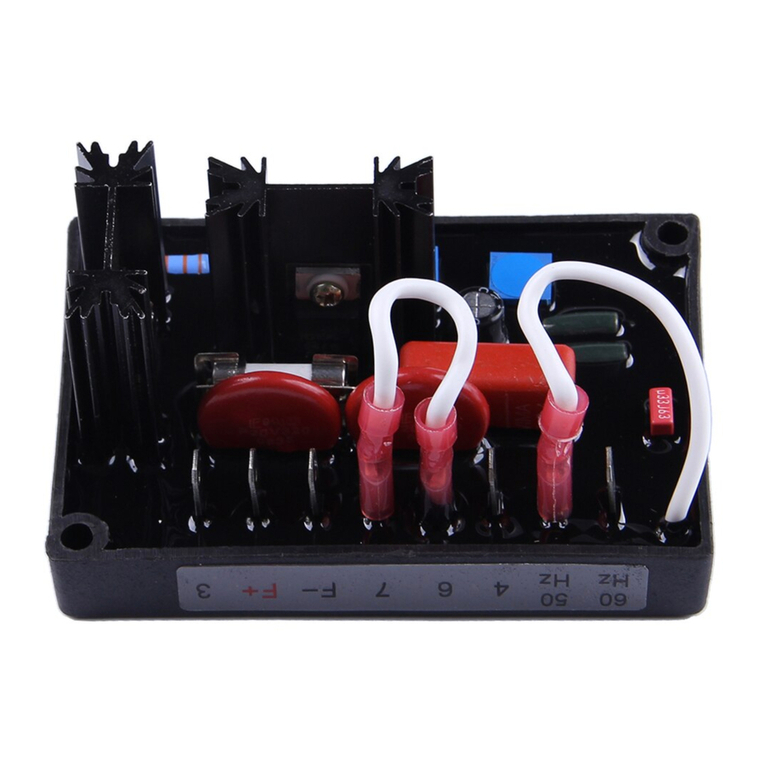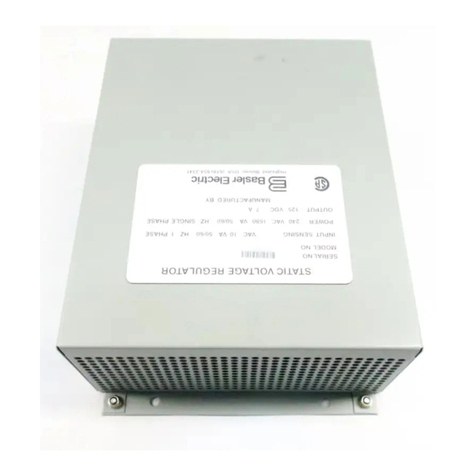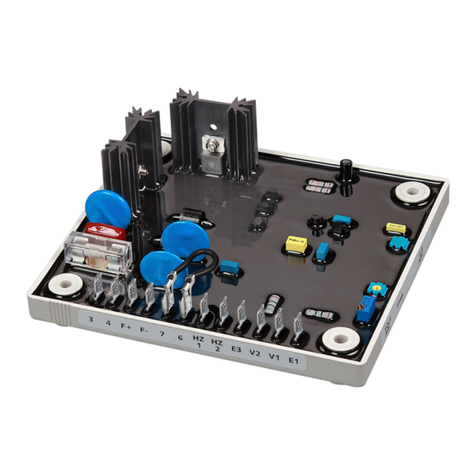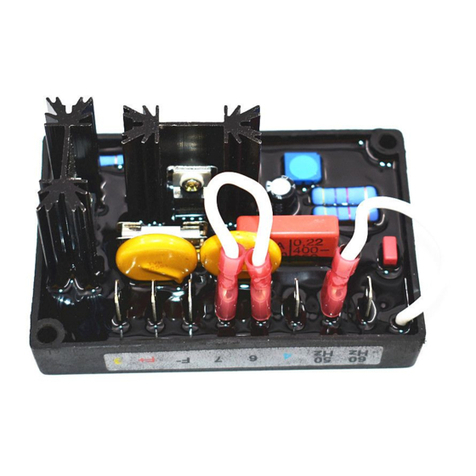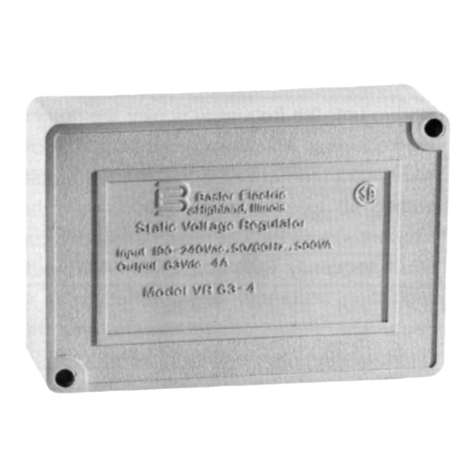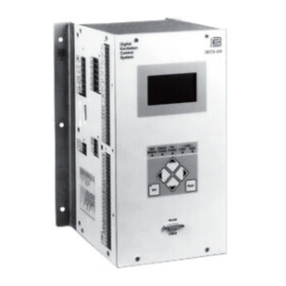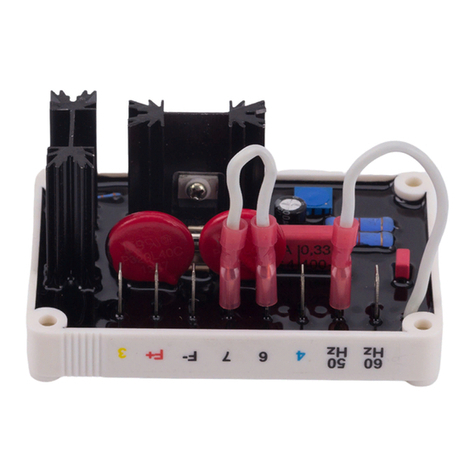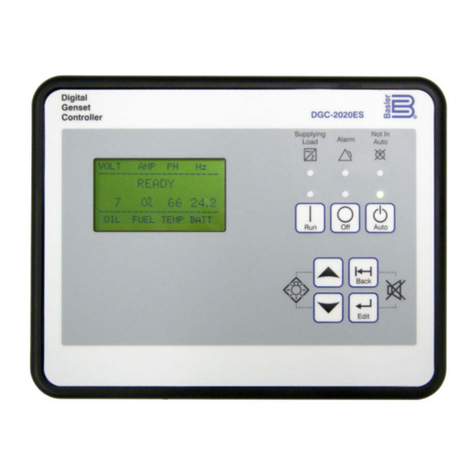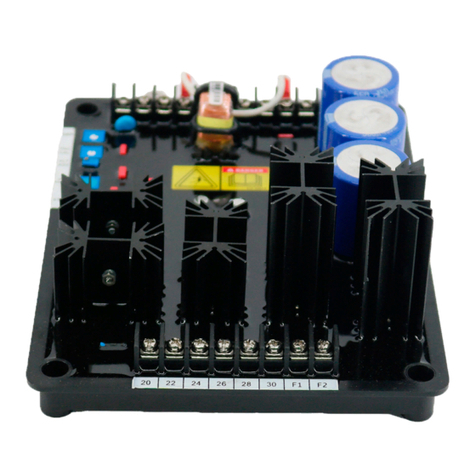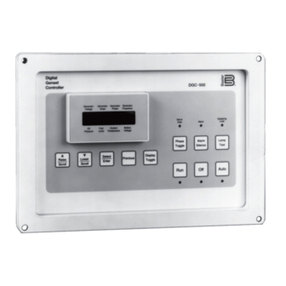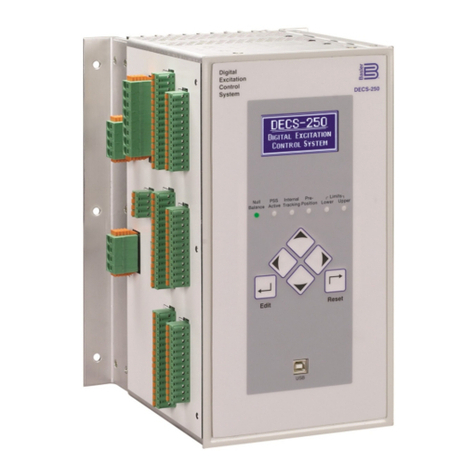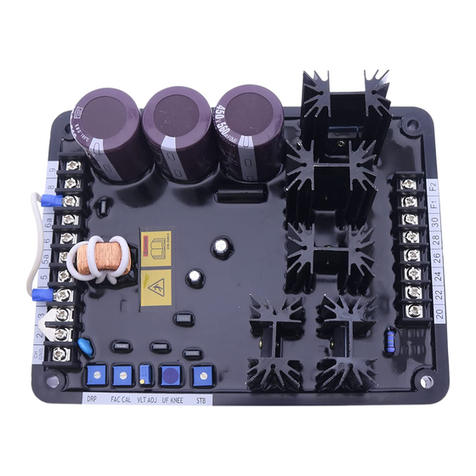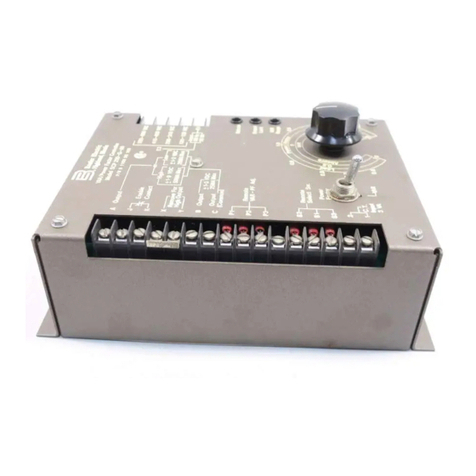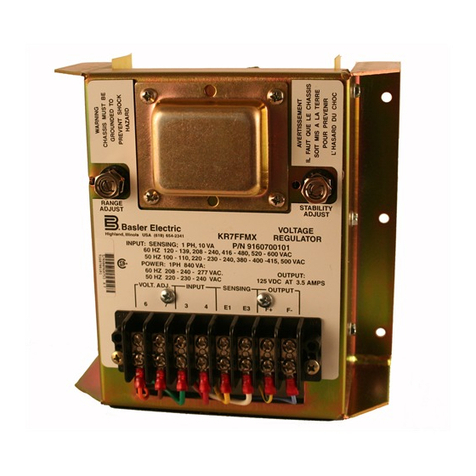
iv 9287500995 Rev B
Changing Settings ...................................................................................................................................36
Sending and Receiving Settings .............................................................................................................36
Sending Settings..................................................................................................................................36
Receiving Settings...............................................................................................................................37
Saving Settings to BE2000E Memory..................................................................................................37
Setting Definitions....................................................................................................................................37
System Configuration ..........................................................................................................................37
System Settings...................................................................................................................................37
Setting Adjustments.............................................................................................................................38
Control Gain.........................................................................................................................................41
Analysis................................................................................................................................................43
Protection and Relay Settings .............................................................................................................48
Metering, Operation and Alarms..........................................................................................................49
PID Data..................................................................................................................................................52
PID Calculation Based on Input Values...............................................................................................53
Adding to the PID List..........................................................................................................................54
Removing a PID List Record ...............................................................................................................54
Retrieving Existing Data from the PID List ..........................................................................................54
Settings Files...........................................................................................................................................54
Printing Settings Files..........................................................................................................................54
Saving Settings Files ...........................................................................................................................55
Uploading Settings Files......................................................................................................................55
Password Protection................................................................................................................................55
Changing the Password.......................................................................................................................55
Updating Embedded Firmware................................................................................................................56
Terminating Communication ...................................................................................................................59
Maintenance and Troubleshooting .........................................................................................................61
Preventative Maintenance.......................................................................................................................61
Troubleshooting.......................................................................................................................................61
Generator Voltage Does Not Build ......................................................................................................61
Low Generator Output Voltage............................................................................................................62
High Generator Output Voltage...........................................................................................................62
Poor Voltage Regulation......................................................................................................................63
Generator Output Unstable (Hunting)..................................................................................................63
OVEREXCITATION SHUTDOWN Indicator Is Annunciating..............................................................63
LOSS OF GENERATOR SENSING Indicator Is Annunciating ...........................................................64
OVEREXCITATION LIMITING Indicator Is Annunciating....................................................................64
UNDERFREQUENCY ACTIVE Indicator Is Annunciating...................................................................64
No Droop..............................................................................................................................................65
Specifications............................................................................................................................................67
Operating Power..................................................................................................................................67
Generator Voltage Sensing .................................................................................................................67
Generator Current Sensing..................................................................................................................67
Contact Input Circuits ..........................................................................................................................67
Common Alarm Output........................................................................................................................67
Field Output .........................................................................................................................................67
AVR Operating Mode...........................................................................................................................68
FCR (Manual) Operating Mode ...........................................................................................................68
Var Operating Mode.............................................................................................................................68
PF Operating Mode..............................................................................................................................68
Parallel Compensation.........................................................................................................................68
Communication Port ............................................................................................................................68
Field Overvoltage Protection ...............................................................................................................68
Field Overcurrent Protection................................................................................................................68
Generator Overvoltage Protection.......................................................................................................69
Soft-Start Function...............................................................................................................................69
Analog (Auxiliary) Input........................................................................................................................69
Contents BE2000E
